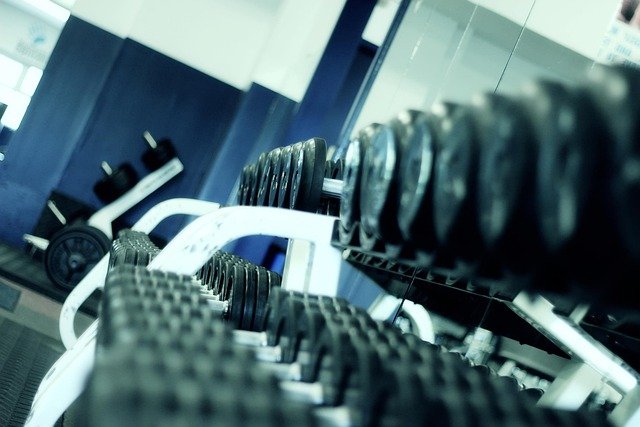Building Strength – The Key to Looking Good

Lots of people want to ‘tone up’ and lose weight, but if you really get down to it the goal is to look good naked. All too often, this leads to an over-focus on form rather than function. We need both if you want to look your best and also perform well.
Free Weights Are King
Stay away from the machines and use the barbell instead. Compound lifts such as the squat, bench press, power clean, rows, and deadlifts are the most effective way of recruiting a wide variety of muscles. They train the specific muscles targetted by the lift and also the stabilizing muscles, so you’ll get stronger, and faster, and if you focus on the good form you’ll be protecting yourself from injury down the line too.
Take Technique Seriously
Rather than trying to just push up as much as possible, focus on technique. Getting stronger is a training skill as well as building muscle. Focusing on technique may make it feel like the number isn’t going up as quickly, but you’ll build the foundation you need for a lifetime of training and improvement.
Low Reps and Heavy Weight
The best rep range for building strength is at the lower end, around 1-5 reps. If you do more than that, your nervous system will focus on other things, such as endurance. To reach peak strength, you want to avoid cumulative fatigue. It’s more effective, in terms of CNS adaptation and long-term strength building, to do 3 reps of 95% of your one-rep max, than to do 10 reps of just 70%.
Warmup Sets Still Matter
Yes, we just emphasized the importance of heavy weights and low reps. That doesn’t mean you can skip your warmup, though. Warming up helps promote blood flow to the muscles and gives you the chance to focus on form without risk of injury. Start with a very lightweight (even just the bar if necessary) and add weight with each set until you’re approaching your working weight.
For your personal fitness journey, you can choose Profound Fitness that is providing the latest high-end training equipment as well as well-trained trainers for making sure every session counts.
Beginners Can Aim for Linear Progression
If you’re a beginner or even an intermediate, aim for linear progression. This means adding a small amount to the bar each training session. Don’t shoot for your max immediately. If all you can add is 5lbs, that’s still progress and steady progress of 5lbs is worth a lot. In addition, steady progress helps you focus on technique.
Assistance Movements Can Help Clear Plateaus
If you’re struggling with a specific lift, rather than stalling out, look at training assistance movements. Let’s take the example of the deadlift. If you’re weak at the top of your deadlift, try training rack pulls as a way of improving your deadlift. By using this kind of highly focused training, you’ll be able to avoid stalling out on the compound lifts or having one lift that is disproportionately weaker than all of the others.
Train Smart
As tempting as it can be to hit the gym every day and do isolation exercises, you need recovery time. The primary lifts and assistance exercises should be your main focus. Beyond that, you may want to work on cardio, speed/skill work for your sport, or general physical preparedness (GPP).
Dan John once said, “the goal is to make sure the goal remains the goal.” Keep your eyes on what your goal is and don’t get distracted by popular ‘workouts of the day.
